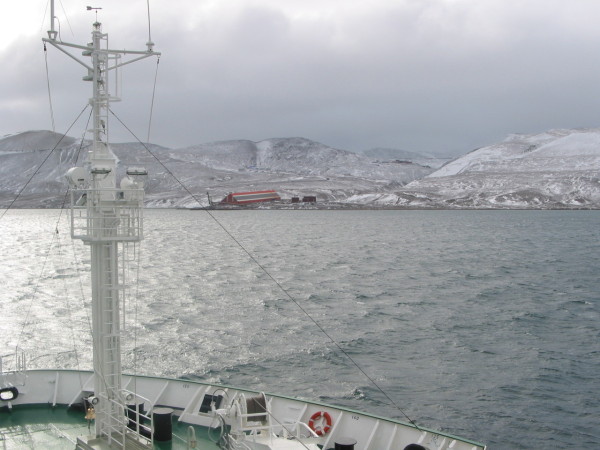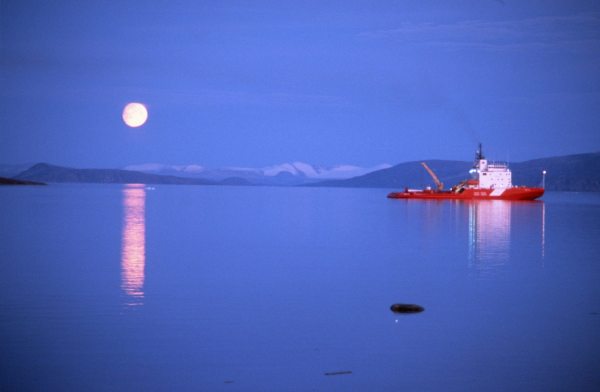New report shows need for better policy on Arctic shipping
Earlier this week, the Commissioner of the Environment and Sustainable Development, Julie Gelfand, released her Fall 2014 Report. The powerful, thought-provoking report provided a comprehensive analysis on an issue that often suffers from a lack of public awareness and attention: Arctic shipping.
Even though climate change is opening up the Arctic for shipping, conditions remain challenging: extreme weather, coupled with lack of charting, limited infrastructure, and inadequate search and rescue creates a perfect storm of high risks. These risks – of collisions, oil spills, and more – put important communities and ecosystems at risk. These conditions demand proactive planning, not reactive planning that the commissioner highlighted as the current approach in Canada.
Chapter 3 of the report, ‘Marine Navigation in the Canadian Arctic’, highlighted a troubling lack of coordination between regulatory agencies and of basic infrastructure, which is key for community development as well as safeguarding the environment. Compounding the current deficiencies is the absence of planning for future development, which is inevitable.
As a country we’re obviously unprepared for the expected growth in Arctic shipping. From an environmental point of view, this puts critical and sensitive ecosystems at risk, as well as the resources many communities depend upon for their livelihoods. It’s an important reminder that conservation-first planning is good environmental and economic policy, like an insurance policy that ensures there are enough benefits to go around for many years to come. A strong regulatory and visionary regime will enable development while protecting Arctic Peoples, species and ecosystems.
Fortunately, we have much of the information we need to make Arctic shipping safer for people and nature. WWF’s researchers have already prepared reports on best practices and identified key steps to making Arctic shipping safe and sustainable; we’ve looked at trends and created recommendations for managing risks. Some shipping companies are already setting higher standards. Now, we need to use this information to raise the bar for everyone, before an inevitable accident changes the face of the Arctic Ocean.



